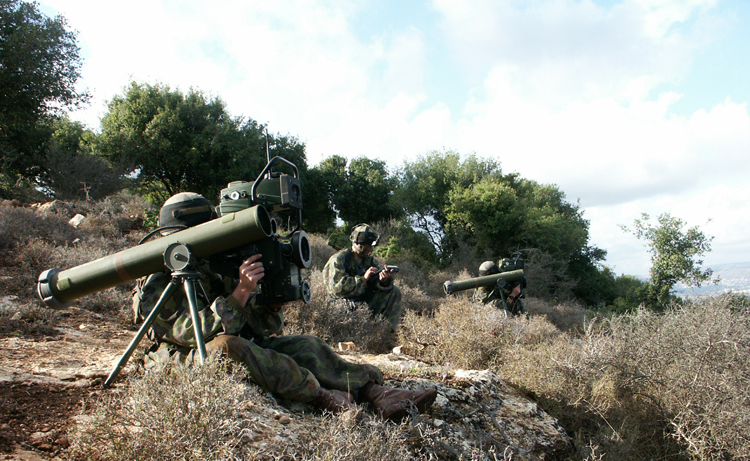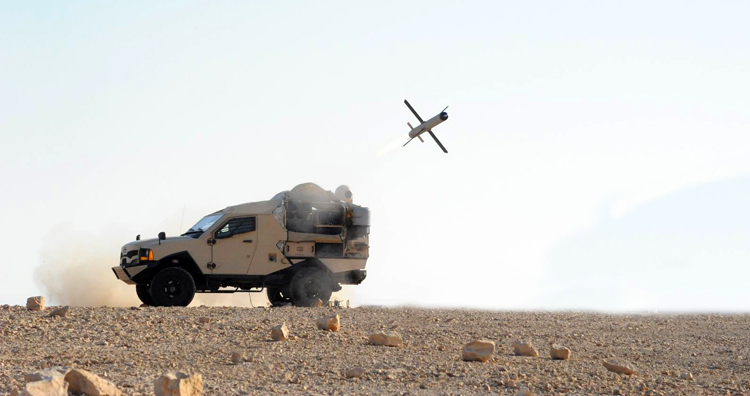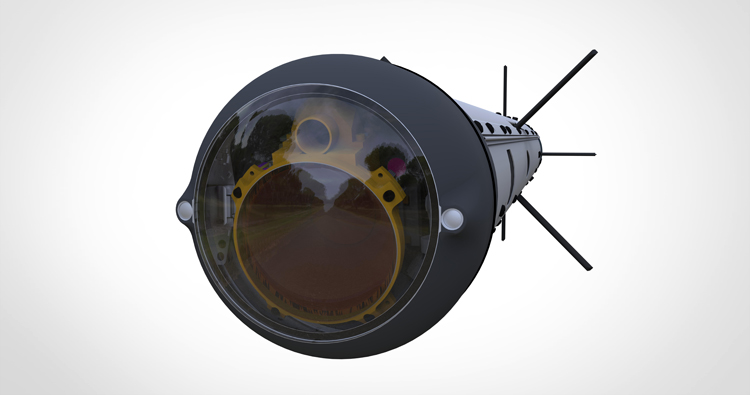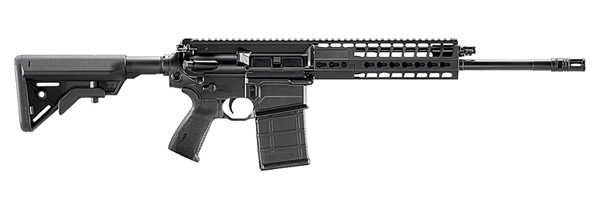INDIAN ARMED FORCES CHIEFS ON OUR RELENTLESS AND FOCUSED PUBLISHING EFFORTS

The insightful articles, inspiring narrations and analytical perspectives presented by the Editorial Team, establish an alluring connect with the reader. My compliments and best wishes to SP Guide Publications.

"Over the past 60 years, the growth of SP Guide Publications has mirrored the rising stature of Indian Navy. Its well-researched and informative magazines on Defence and Aerospace sector have served to shape an educated opinion of our military personnel, policy makers and the public alike. I wish SP's Publication team continued success, fair winds and following seas in all future endeavour!"

Since, its inception in 1964, SP Guide Publications has consistently demonstrated commitment to high-quality journalism in the aerospace and defence sectors, earning a well-deserved reputation as Asia's largest media house in this domain. I wish SP Guide Publications continued success in its pursuit of excellence.
Spike ATGMs and Sig Sauer Rifles
Army and the Indian Air Force (IAF) have both begun to induct ATGMs. The Army is inducting Spike LR2 launchers and missiles, while the IAF is integrating its Russian-origin Mi-17V5 helicopters with Spike NLOS (nonline of sight) missiles
 |
The Author is Former Director General of Information Systems and A Special Forces Veteran, Indian Army |

Recent reports indicate that the advanced Israeli Spike LR2 anti-tank guided missiles (ATGMs), also called ‘tank killers’ have arrived in India. These were ordered under emergency procurement in 2021 due to the continued standoff with China in Eastern Ladakh since April-May 2020. The Indian Army already has Israeli-made Rafael Advanced Defence Systems - Spike medium-range (MR) ATGMs that in 2019 were reportedly deployed along the Line of Control in Jammu and Kashmir to bolster defences. Compared to the Spike (MR), the Spike LR2 has longer range and better armour penetration capabilities.
The fifth-generation ATGMs are being inducted in limited numbers under emergency procurement to plug certain operation gaps. The much larger requirement for ATGMs will be met through ‘Make in India’ projects.
The Spike LR2 has a range of 5.5 km at ground level and 10 km from helicopters, using an RF data-link warhead options of tandem HEAT with 30 per cent increased armour penetration or a multipurpose blast warhead with selectable impact or penetration detonation fusing, a new seeker that includes an uncooled IR sensor with a smart target tracker with artificial intelligence features. The missile is designed with a counter-active protection system (CAPS) enabling hitting targets at higher impact angles of up to 70 compared to the 2.5 km range of the Spike MR which is also heavier.

News reports state the Army and the Indian Air Force (IAF) have both begun to induct ATGMs. The Army is inducting Spike LR2 launchers and missiles, while the IAF is integrating its Russian-origin Mi-17V5 helicopters with Spike NLOS (non line of sight) missiles that can destroy ground targets 30 km away.
Media quote an unnamed defence official stating on April 24, 2022, “Both the fifth-generation ATGMs are being inducted in limited numbers under emergency procurement to plug certain operation gaps. The much larger requirement for ATGMs will be met through ‘Make in India’ projects. The pilot-controlled NLOS missiles, which can be armed with different kinds of warheads, are primarily meant for specialised ‘behind the hill’ missions by IAF helicopters.”
The Spike LR2 and the Spike NLOS will boost the combat capabilities of the Army and the IAF. On the ‘Make in India’ front, it is interesting to note that Larsen & Toubro has entered into a joint venture (JV) with European missile manufacturer MBDA to produce an indigenous Fifth-Generation ATGM, ‘ATGM5’, with a range of 4 km. The ATGM5 is likely to feature state-of-art disruptive technologies including latest passive dual band seeker and is to be fielded in man-portable, vehicle/APC mounted and inflatable boat mounted versions.

The ATGM5 offers non-line of sight (NLOS) launch for obscured/defiladed targets at extreme ranges and selection of preferred launch mode: fire-and-forget or ‘man-in-loop’, with LBL or LAL features. It will also feature smokeless propellant with soft launch and muted back-blast for indoor launch, a critical and preferred facet for fighting in built-up areas. Tandem HEAT warheads are likely to have capability to penetrate more than 1000mm of reinforced armour.
Concurrently, there is news that the MoD has decided against inking the 700-crore repeat order it had approved in late 2020 for 72,400 ‘Patrol’ Sig Sauer assault rifles (SIG716 7.62×51 mm rifles) from the US due to the weapon’s operational glitches which surfaced with earlier imports of an equal number of similar weapon systems a year before. Of the total imported SIG716’s, the Army had received 66,400 rifles, the IAF 4,000 units and the Garud Special Forces 2,000 of these rifles.
MoD has decided against inking the 700-crore repeat order it had approved in late 2020 for 72,400 ‘Patrol’ Sig Sauer assault rifles
The Army had been using these Sig Sauer assault rifles in units deployed along the Line of Control in Kashmir and on counter-insurgency operations in the region since December 2019. Media has quoted some ‘industry officials’ saying that when firing locally produced 7.62 mm rounds, the weapon tended to jam or caused barrel bulges rendering the weapon inoperable. The imported ammunition for these weapons had been imported in limited quantities and had since been expended.
The indigenous ammunition reportedly also generated higher recoil to the shooter compared to the AK-47 variants or the 5.56×45 mm INSAS assault rifles. The advantage of the Sig Sauer is that when firing bursts in semi-automatic mode, the shooter can fire two-three rounds at the target with a single pull of the trigger. Also, in the instant case, auxiliary add-ons like the optical day, night, holographic and LED-powered reflex ‘red-dot’ sights were not allowed to be procured since imported sights would cost upwards of 50,000 apiece, and the reasoning given was that indigenous substitutes were cheaper, some of which were reportedly under evaluation.

The media has quoted a senior Army official,who declined to be named, saying, “Since these purchases were processed by an Empowered MoD Committee headed by a senior service officer, it is inexcusable that a new weapon system procured at great cost needed to be locally modified before being fully employed. It not only revealed obvious flaws in the army’s qualitative requirement (QR) formulations for the rifle, but also in the MoD’s overall acquisition procedures.”
It is inexcusable that a new weapon system procured at great cost needed to be locally modified before being fully employed
The indigenous 5.56x45mm rifles that entered Indian Army service in the mid-1990s had been declared unfit by 2010 because of multiple defects. In January 2019, then Defence Minister (now Finance Minister) Nirmala Sitharaman had authorised procurement of the Sig Sauer rifles after the US Company’s bid emerged as L1 or the lowest from among three competing vendors for the tender.
The Sig Sauer episode requires us to acknowledge the following:
- First and foremost, the quality of our indigenous ammunition production, whether for artillery or small arms is extremely poor; causing barrel bursts, injury and death of soldiers and lakhs of crores of rupees wasted on faulty lots – all of which is on record.
- It is apparent from reports that these rifles did not have any problems till the imported ammunition was being fired.
- Where was the need to send an Empowered Committee of MoD abroad when the foreign firms were ready for trials (truncated or full) in India at their cost, where any modifications or fitment like of indigenous sights could have been done?
- On the contrary, some (one or two) members of the Empowered Committee fire limited rounds in the foreign country under conditions that the concerned company wants.
- The suggestion of Empowered Committee is invariably by the bureaucracy and MoD official(s) from the Acquisition Wing are essential member(s) of the Empowered Committee, for whom the foreign company makes separate staying arrangements abroad (usually in a separate hotel than other members of the Committee) since the deal is inked by the MoD official – you can guess why. It does not matter which rank service officer is part of or is heading the Committee.
- This is not the first time that essential auxiliary add-ons like weapon sights have been left out. The users would certainly want them but these are left out at MoD’s behest citing financial constraints, though political statements continue that money will never be the constraint for equipping the Armed Forces.
- The DRDO-OFB consistently failed the Armed Forces by not producing requisite small arms.
Finally, the question is whether we will learn anything from this episode? Ironically, the answer is in the negative because these types of mistakes have recurred periodically over the decades.





